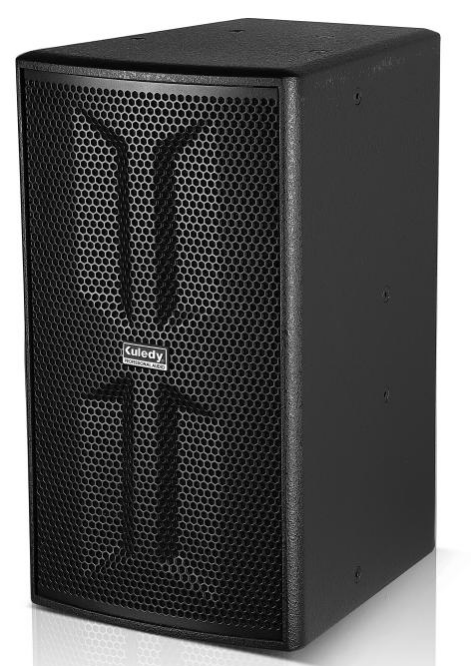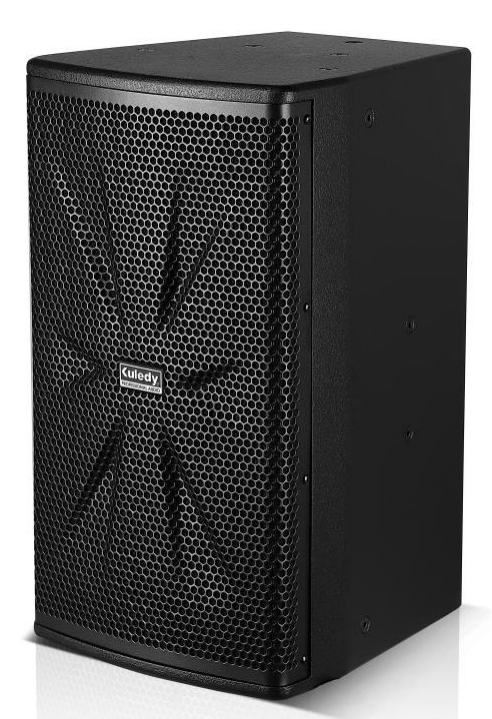Several key factors need to be considered, which can help you distinguish whether audio equipment has high-quality high-frequency and low-frequency responses.
High frequency performance:
1.Clarity and Resolution: High quality high-frequency response can present the details and clarity of audio. It should sound natural and clear, without any sharp or piercing sensation.
2. Diffusion and localization: Good high-frequency performance should provide good sound diffusion and accurate sound localization. This means that the direction and position of the sound source should be clear and distinguishable, and there should be no excessive overlap or blurriness.
3. Invariance and balance: The high-frequency response should be balanced at different volumes and should not become too harsh or prominent when the volume rises.
Low frequency performance:
1. Depth and extensibility: A good low-frequency response should have depth and extensibility, not only strong performance in the low-frequency range, but also balanced and clear bass in various audio content.
2. Control and cleanliness: High quality low-frequency performance not only refers to the strength of the bass, but more importantly, the control of the bass. Even strong bass should be clean, clear, and free from clutter or chaos.
3. Balance and fusion: The low-frequency response should be balanced and integrated with other frequency bands of the audio, rather than appearing abrupt or out of proportion. A good low-frequency performance will add depth to the overall sound quality, rather than overwhelming other frequency bands.
How to distinguish:
1. Auditory testing: Evaluate high-frequency and low-frequency responses through auditory testing. Listen to music that includes both high and low tones, while paying attention to the clarity and resolution of the audio, as well as the depth and clarity of the low tones.
2. Spectrum analyzer: Use a spectrum analyzer tool to observe the audio spectrum and observe the intensity and balance of the audio output at different frequencies.
3. Comparative testing: Conduct comparative testing on different audio devices, and try to test their high-frequency and low-frequency performance under the same conditions as much as possible.
4. Professional evaluation and feedback: Referring to professional evaluations and other user feedback, these resources usually provide objective evaluations of the high-frequency and low-frequency performance of audio equipment.
When it comes to advanced evaluation of sound systems and audio quality, there are some deeper considerations and technical factors that can further enhance your understanding of high-frequency and low-frequency responses:
Further audio measurement and evaluation:
1. Frequency response curve: View the frequency response chart of the audio equipment. These charts display the output levels of sound at different frequencies, helping to understand at which frequency the device’s response is strongest or average.
2. Distortion: Gain a deep understanding of the distortion rate of audio equipment, including full harmonic distortion and intermodulation distortion. These data show the degree of audio signal distortion, further demonstrating the audio accuracy of the device.
3. Signal to noise ratio: This is an indicator used to evaluate the ratio between the output audio signal of the device and the background noise level. High signal-to-noise ratio means that the device can maintain the purity of the audio signal to the greatest extent possible during output.
Room audio processing:
1. Acoustic optimization: Learn how to optimize room acoustics to maximize audio performance. This may include acoustic processing, positioning speakers, and methods for absorbing or suppressing adverse reflections.
2. Room calibration system: Understand some room calibration systems that may be equipped with advanced audio systems. These systems can automatically adjust audio output to adapt to the acoustic characteristics of specific rooms.
Advanced audio formats and devices:
1. Lossless audio formats: Explore lossless audio formats such as FLAC, ALAC, etc., and understand the differences between them and lossy formats such as MP3. These formats can provide higher quality audio while retaining more details and dynamic range.
2. High resolution audio devices: Consider using high-resolution audio devices to achieve higher quality audio output. These devices can provide higher sampling rates and bit depths, faithfully reproducing the original audio.
Active learning and experience:
1. Participate in audio communities and forums: Join audio enthusiast communities or forums to learn experiences and skills from other enthusiasts.
2. Actual experience and comparison: Try to personally experience different audio devices, audio files, and room settings. Through actual auditory experience, one can better understand the characteristics and performance of audio.
A deep understanding of advanced audio concepts and technologies, as well as practical experiences and comparisons, will help to comprehensively evaluate the high-frequency and low-frequency responses of audio systems, enhancing your understanding and experience of audio quality.
Post time: Jan-11-2024


